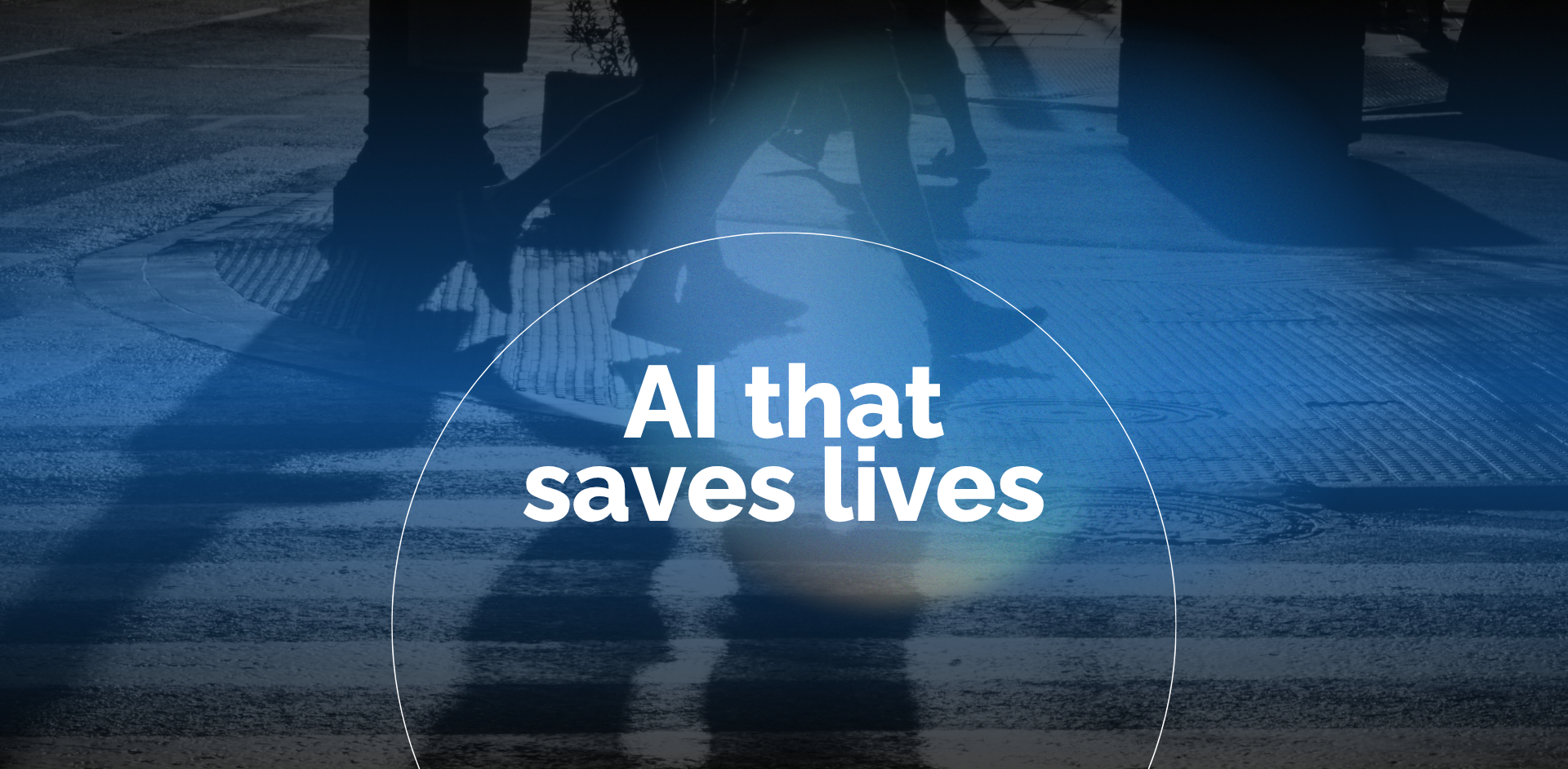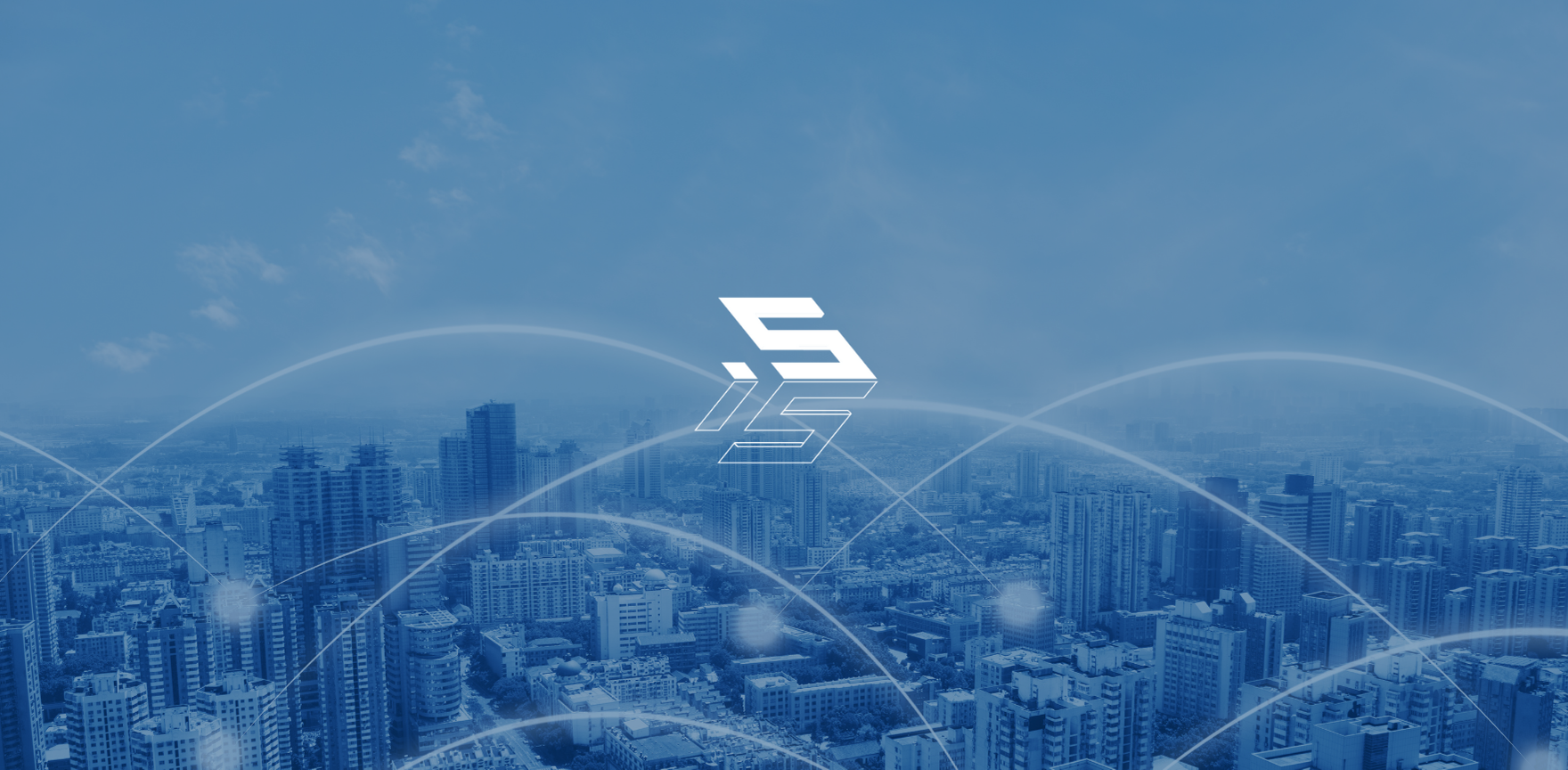New California law emphasizes need for broader adoption of video intelligence tech.
By Matt Powell
Historically, workplace violence has been one of the things that security directors commonly say “keeps them up at night” when it comes to risks that they are tasked with mitigating for their organizations. And despite the fact that incidents of workplace violence are still relatively rare, the damage they can cause may be irreparable in some cases.
According to the U.S. Bureau of Labor Statistics, there were 392 workplace homicides in the U.S. in 2020 and just over 37,000 nonfatal workplace injuries resulting from an intentional injury inflicted by another person. Drilling down further into this data, the U.S. Centers for Disease Control and Prevention (CDC) reported that more than 20,000 workers in U.S. private industry experienced trauma as a result nonfatal workplace violence that same year, noting that 22% of victims required 31 or more days away from work to recover while another 22% were out of work for three to five days.
With these types of statistics, it should come as little surprise then that states around the nation have begun exploring ways to implement better workplace violence prevention programs in public and private sector organizations alike. Late last month, for example, California Gov. Gavin Newsom signed into a law a bill that requires employers in the state to develop formalized workplace violence prevention plans and provide effective training to employees about the risks they may face as a part of their day-to-day duties. The law, which also requires companies to maintain detailed records of any threat or incident of workplace violence that occurs on their property, is set to go into effect next year.
For years, organizations have invested heavily in adopting technologies, such as access control and video surveillance, as a way document and possibly deter these kinds of incidents in the workplace; however, the days of security systems serving as passive solutions for post-event forensics is no longer adequate. In today’s world, which is increasingly powered by artificial intelligence (AI) technologies, companies have the ability to be proactive and address workplace violence before it can metastasize into an existential threat.
Moving from a Reactive to Proactive Posture
As a pioneer and global leader in the development of high-trust video analytics, ISS offers a wide range of AI-powered analytic modules that can detect various organizational threats. In fact, as part of the recent release of SecurOS® 11.6, we unveiled a new Fighting Detection module that can identify when people are engaged in hand-to-hand combat by measuring active human movements with the hands, arms, and legs.
The module searches for people performing such actions within a scene and determines the probability of a fight on a sliding scale. Once the user-defined “confidence threshold” for fighting has been reached, the module will generate an alarm/event for operators to investigate.
In studying market trends and talking to customers, we found that many low accuracy analytics look for behaviors such as a group of people rapidly dispersing and brand this as ‘fight detection’ but this commonly creates a high number of false alarms resulting in low-trust from the user. By basing our neural network training on actual fighting movements, the Fighting Detection analytic results in high-trust notification, as can be seen in demonstrations of the analytic.
As with many of our analytics modules, SecurOS® Fighting Detection was created using advanced artificial neural network technology in conjunction with Intel’s OpenVINO™ technology. The OpenVINO™ toolkit makes the most of Intel AI hardware, the latest neural network accelerator chips, as well as embedded computers and edge devices to maximize analytics performance.
As a result, we are able to deliver what we refer to as “high-trust” video analytics which essentially run at accuracy rates of 90% or higher for the vast majority of our modules. This means that security and safety teams can trust the alerts delivered by the software as if they were being provided by another human operator.
Labor Safety and Regulatory Compliance
In addition to workplace violence, ISS also offers a full suite of solutions designed to help organizations more efficiently manage issues related to labor safety and regulatory compliance. According to recent published figures, there were more than 5,000 fatal work injuries reported in the U.S. in 2021, representing a nearly 9% increase from the previous year. While transportation incidents accounted for the majority of these deaths (38.2%), work-related fatalities due to falls, slips and trips also increased by more than 5% and were responsible for just over 16% of all fatal work injuries.
Whether you need to track if employees and contractors are wearing hardhats and other required safety gear in hazardous areas or ensure workers or visitors are following proper hand-sanitizing procedures in food production facilities, ISS has tailor-made analytic modules that can identify and provide insights to businesses regarding the effectiveness or adherence to these safety policies. These modules can also often be combined with other analytics, such as our SecurOS® FaceX facial recognition software, which can be leveraged in conjunction with modules like SecurOS® Helmet Detection to deny entry to those persons not wearing a hardhat.
To learn more about our Fighting Detection module or our suite of labor safety and regulatory compliance analytics, request a demo here.
About the Author:
Matt Powell is Managing Director for North America at ISS (Intelligent Security Systems), a pioneer and leader in the development of video intelligence and data awareness solutions. He has over two decades of experience in security and transportation technologies having formerly served as Principal-Infrastructure Markets at systems integrator Convergint and as a developer of transportation market strategies for Videolarm and Moog prior to that. Feel free to drop him a message.



